Flame tetra - Hyphessobrycon flammeus
Scientific name: Hyphessobrycon flammeus
Common name: Flame tetra
Family: Characidae
Usual size in fish tanks: 4 - 5 cm (1.57 - 1.97 inch)
014
Recommended pH range: 5.8 - 7.8
Recommended water hardness: 5 - 25°N (89.29 - 446.43ppm)
0°C 32°F30°C 86°F
Recommended temperature range: 22 - 28 °C (71.6 - 82.4°F)
The way how these fish reproduce: Spawning
Where the species comes from: South America
Temperament to its own species: peaceful
Temperament toward other fish species: peaceful
Usual place in the tank: Middle levels
General Information
The Flame tetra (Hyphessobrycon flammeus) is a peaceful, schooling characin native to coastal drainages of southeastern Brazil (Guanabara Bay/Paraíba do Sul/Guandu in Rio de Janeiro; upper Tietê in São Paulo). In nature it inhabits shallow, slow, shaded streams—often tannin-stained “blackwater”. Typical adult size in aquaria is ~4–5 cm (1.6–2.0″). The species is common in the trade (captive-bred strains), while wild populations are listed as Endangered.
Food & Feeding
Omnivorous micro-predator. Use quality micro-flakes/small sinking granules as staple, and rotate frozen/live foods (baby brine shrimp, daphnia, cyclops, finely chopped bloodworms). A little plant matter (spirulina, blanched greens) helps condition and color. Feed small portions 1–2× daily to protect water quality.
Sexing
Females are deeper-bodied, especially when gravid; males are slimmer and often show slightly richer red in the anal fin.
Breeding
An egg-scattering free spawner with no parental care. Use a small, dim tank with very soft, acidic water, spawning mops or fine plants, and a base that protects eggs (mesh/marbles). Remove adults post-spawn. Eggs are light-sensitive—keep the tank dark; they typically hatch in ~24–36 hours, with fry free-swimming a few days later. Start on infusoria/liquid fry food, then Artemia nauplii.
Lifespan
Commonly 3–5 years in clean, stable systems.
Tank Requirements & Water Parameters
- Tank size: at least 60 cm / 24″ length for a shoal; larger volumes stabilize water.
- Water: pH ~5.8–7.8, hardness ~5–25 °dH, temperature 22–28 °C (72–82 °F). For breeding, push toward very soft and acidic.
- Aquascape: dark substrate, wood/leaf litter and floating plants to diffuse light (blackwater aesthetic). Gentle flow, high oxygen.
- Maintenance: small, frequent water changes; avoid abrupt parameter swings.
Compatibility & Tank Mates
Peaceful shoaler. Keep in groups of 8–10 for confidence and color. Excellent with other small, calm fishes that appreciate soft water (small rasboras, pencils, dwarf cichlids like Apistogramma, small Corydoras). Avoid large/boisterous species and notorious fin-nippers.
Behaviour & Usual Place in the Tank
Active mid-water schooler that uses open lanes and retreats into cover when startled.
Short Description
Flame tetras are gentle, copper-red characins from shaded, tannin-rich streams of Southeast Brazil. Keep them in groups in soft, clean, dimly lit aquaria; offer varied micro-foods. Breeding is achievable in very soft, acidic, low-light setups; eggs hatch in about a day.
Q&A
- Where are they from? Coastal drainages of Rio de Janeiro and São Paulo (Brazil).
- How many should I keep? At least 8–10 to reduce skittishness and show schooling.
- Are the eggs light-sensitive? Yes—darkness improves hatch rates; eggs typically hatch in ~24–36 h.
- Conservation status? Listed as Endangered (IUCN). Wild stocks are threatened; trade fish are captive-bred.
Pictures
Bought by aqua-fish.net from jjphoto.dk
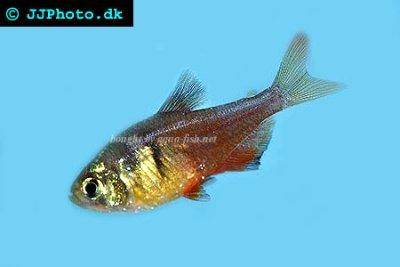



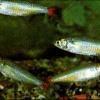 Bloodfin
Bloodfin 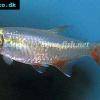 Bloodfin
Bloodfin 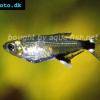 Panda
Panda 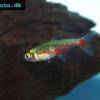 Green
Green 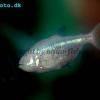 Blind
Blind 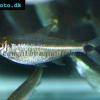 Kennedy
Kennedy 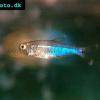 Blue
Blue 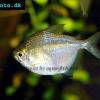 Discus
Discus 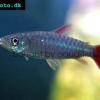 Pink
Pink 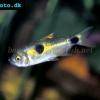 Bucktoothed
Bucktoothed 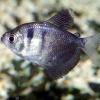 Black
Black 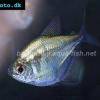 False
False 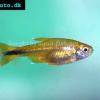 Silver
Silver  Hemigrammus
Hemigrammus 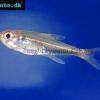 Dash-dot
Dash-dot 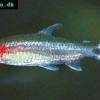 Rummy
Rummy 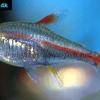 Glowlight
Glowlight 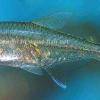 January
January 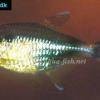 Head
Head 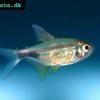 Garnet
Garnet 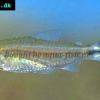 Rummy
Rummy 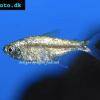 Gold
Gold 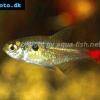 Red
Red 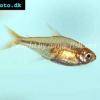 Ember
Ember 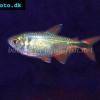 Buenos
Buenos 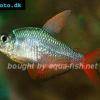 Colombian
Colombian 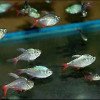 Ecuador
Ecuador 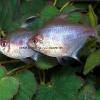 Bleeding
Bleeding 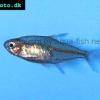 Georgett’s
Georgett’s 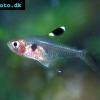 Griems
Griems 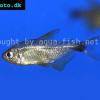 Kitty
Kitty 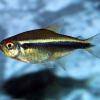 Black
Black 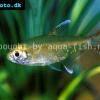 Firefin
Firefin 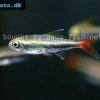 Loreto
Loreto 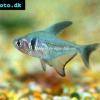 Black
Black 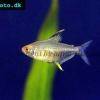 Lemon
Lemon 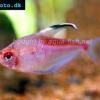 Redback
Redback 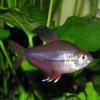 Rosy
Rosy 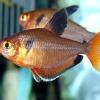 Serpae
Serpae 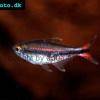 Savanna
Savanna 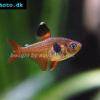 Red
Red 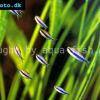 Blue
Blue 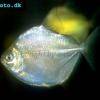 Silver
Silver 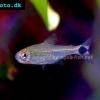 Ceros
Ceros 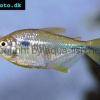 Napo
Napo 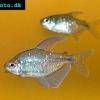 Diamond
Diamond 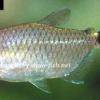 Red
Red 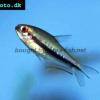 Rainbow
Rainbow 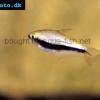 Emperor
Emperor 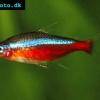 Cardinal
Cardinal 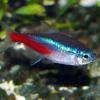 Neon
Neon 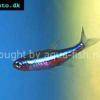 Green
Green 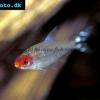 False
False 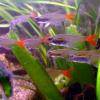 Glass
Glass 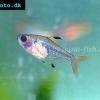 X-ray
X-ray 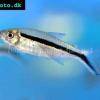 Penguin
Penguin